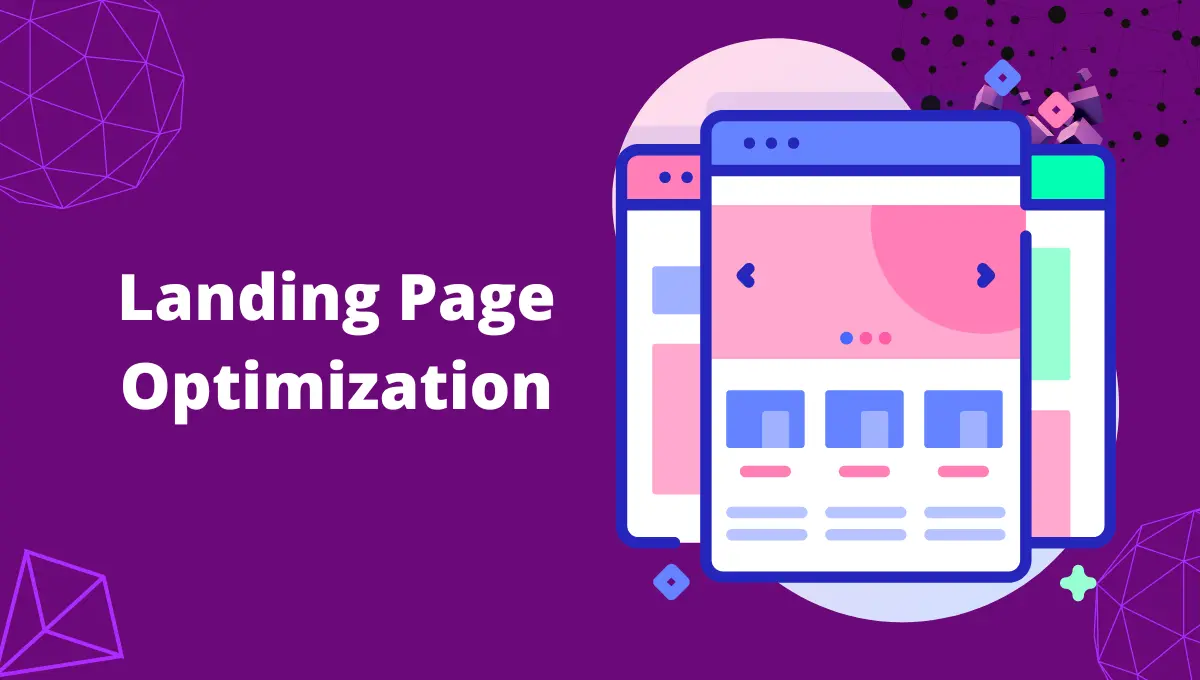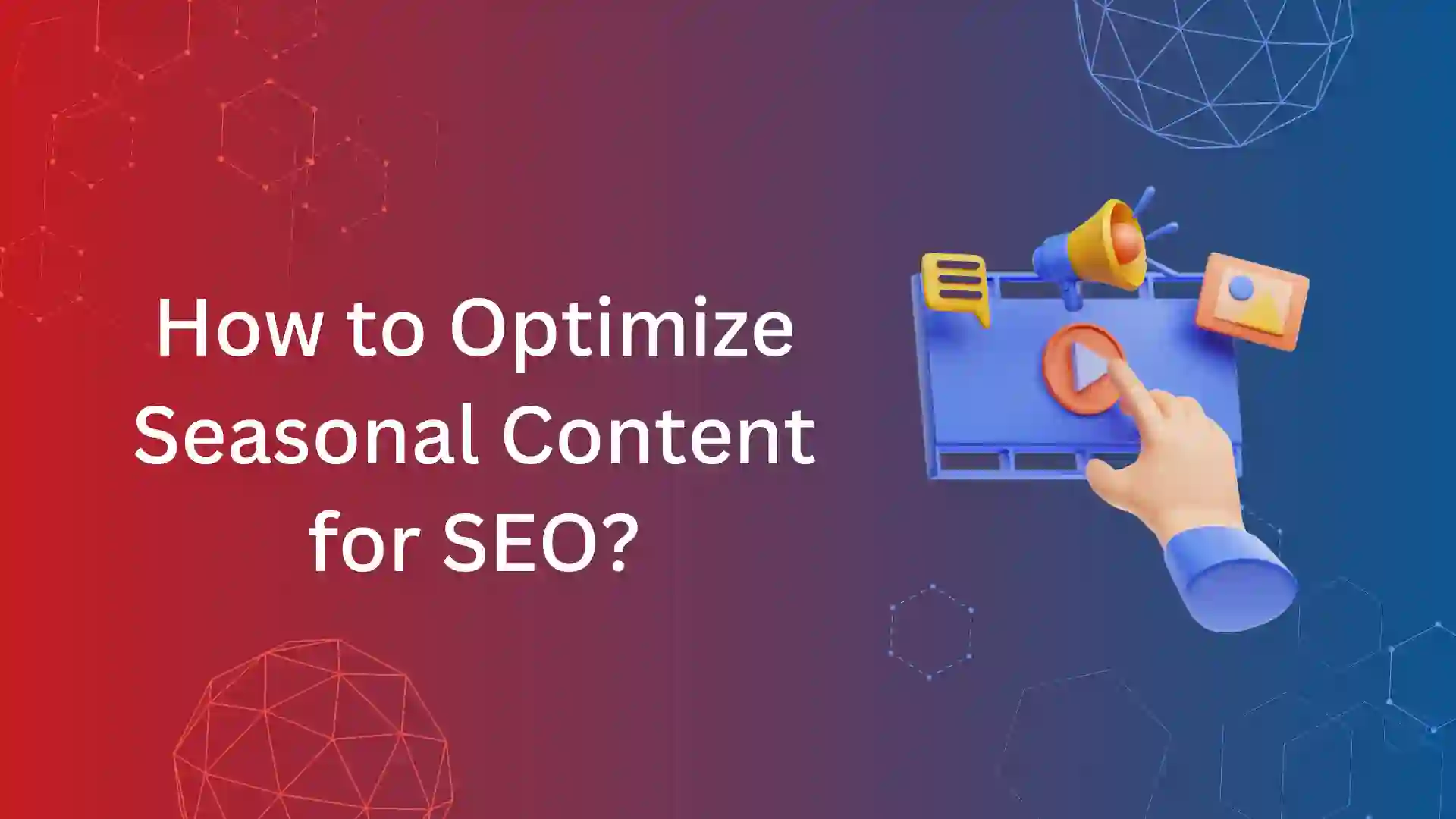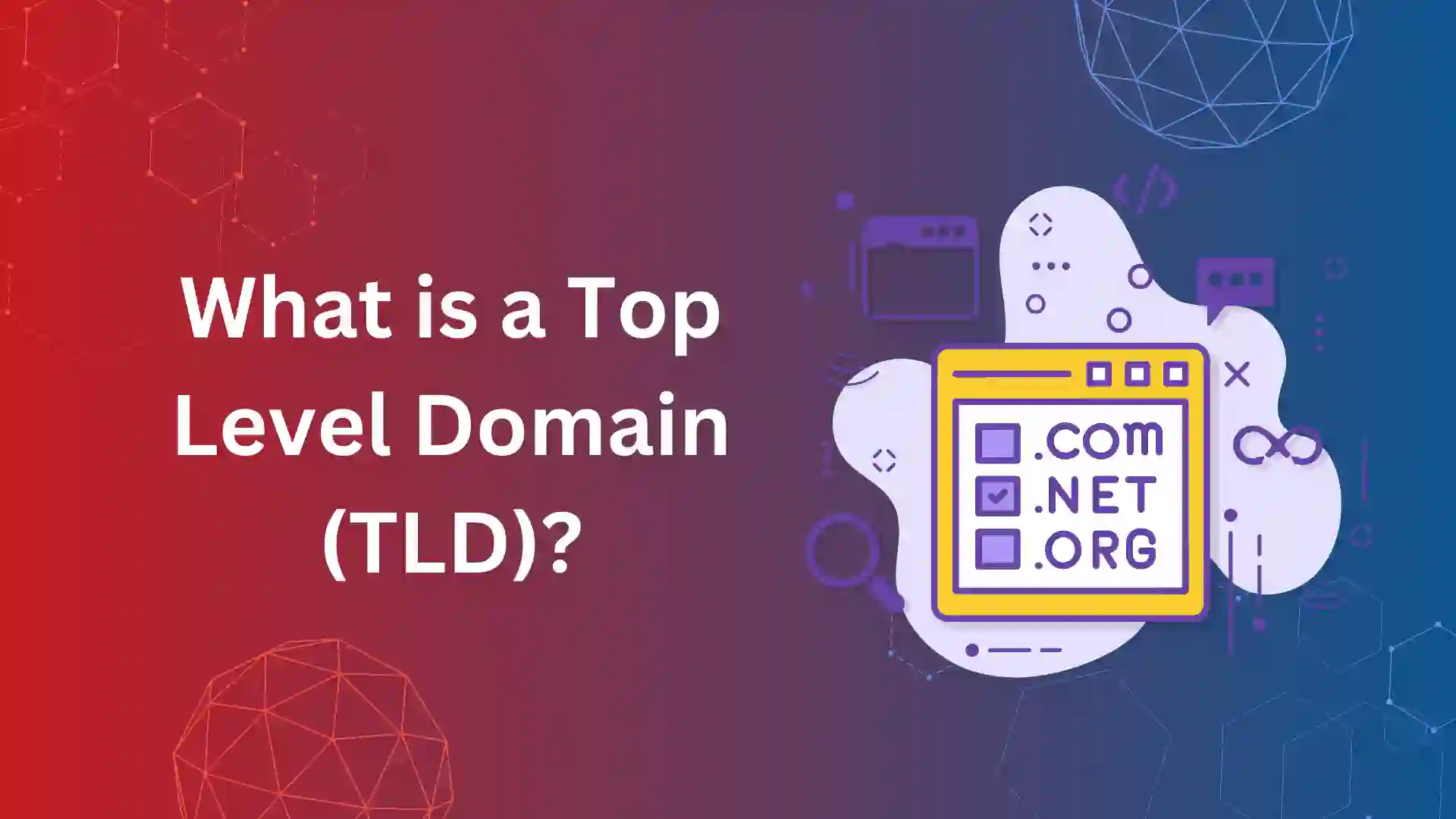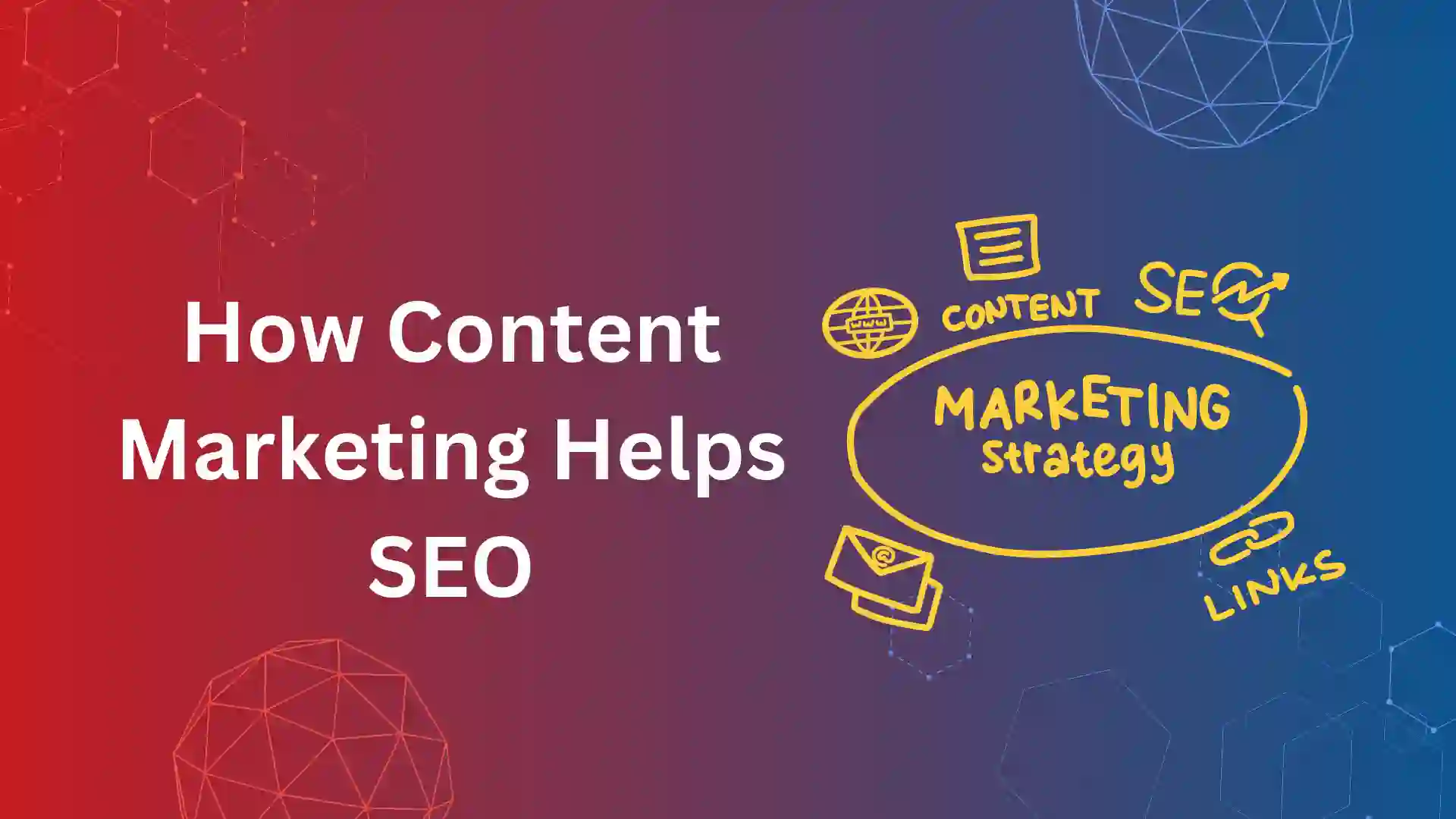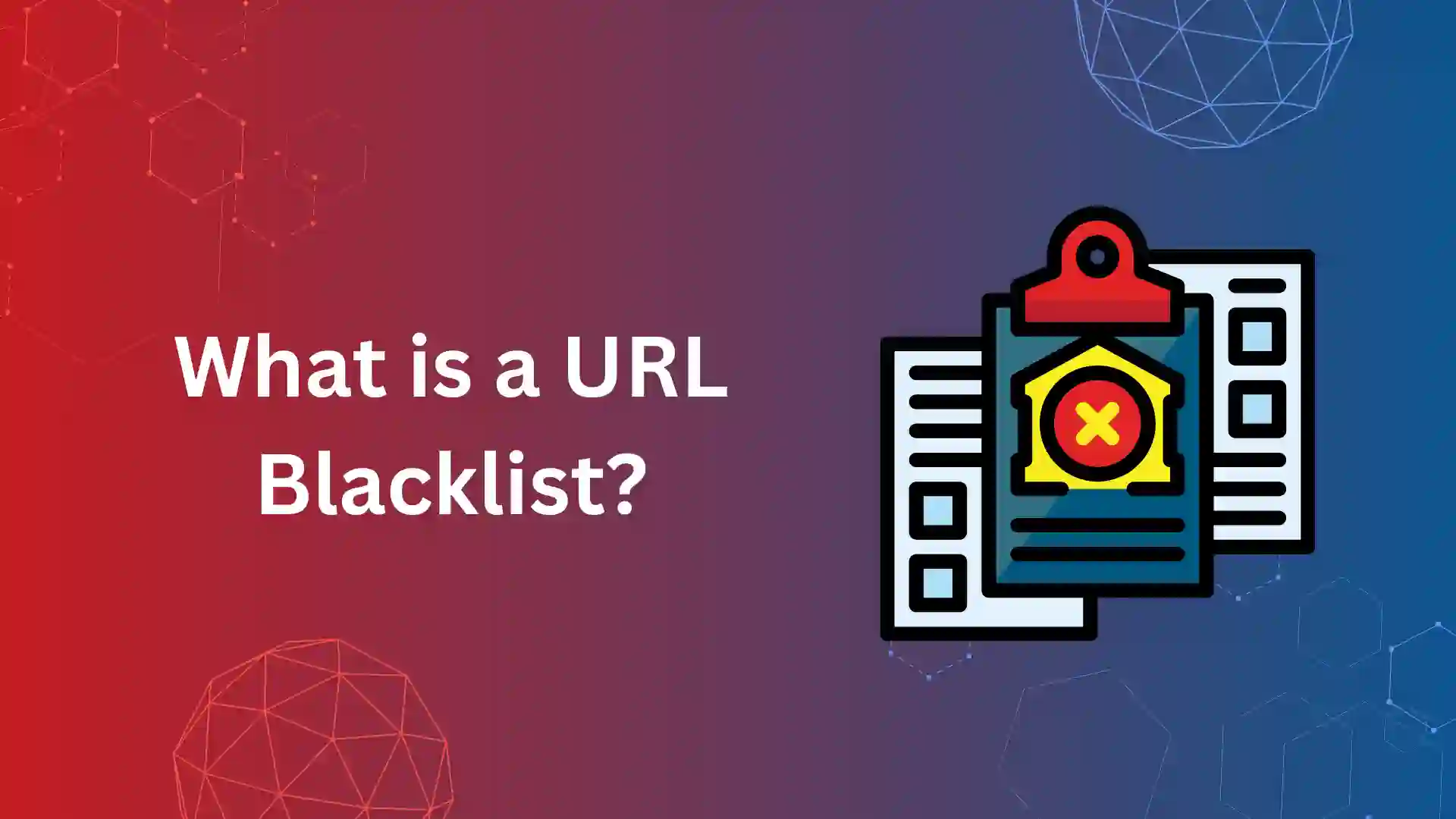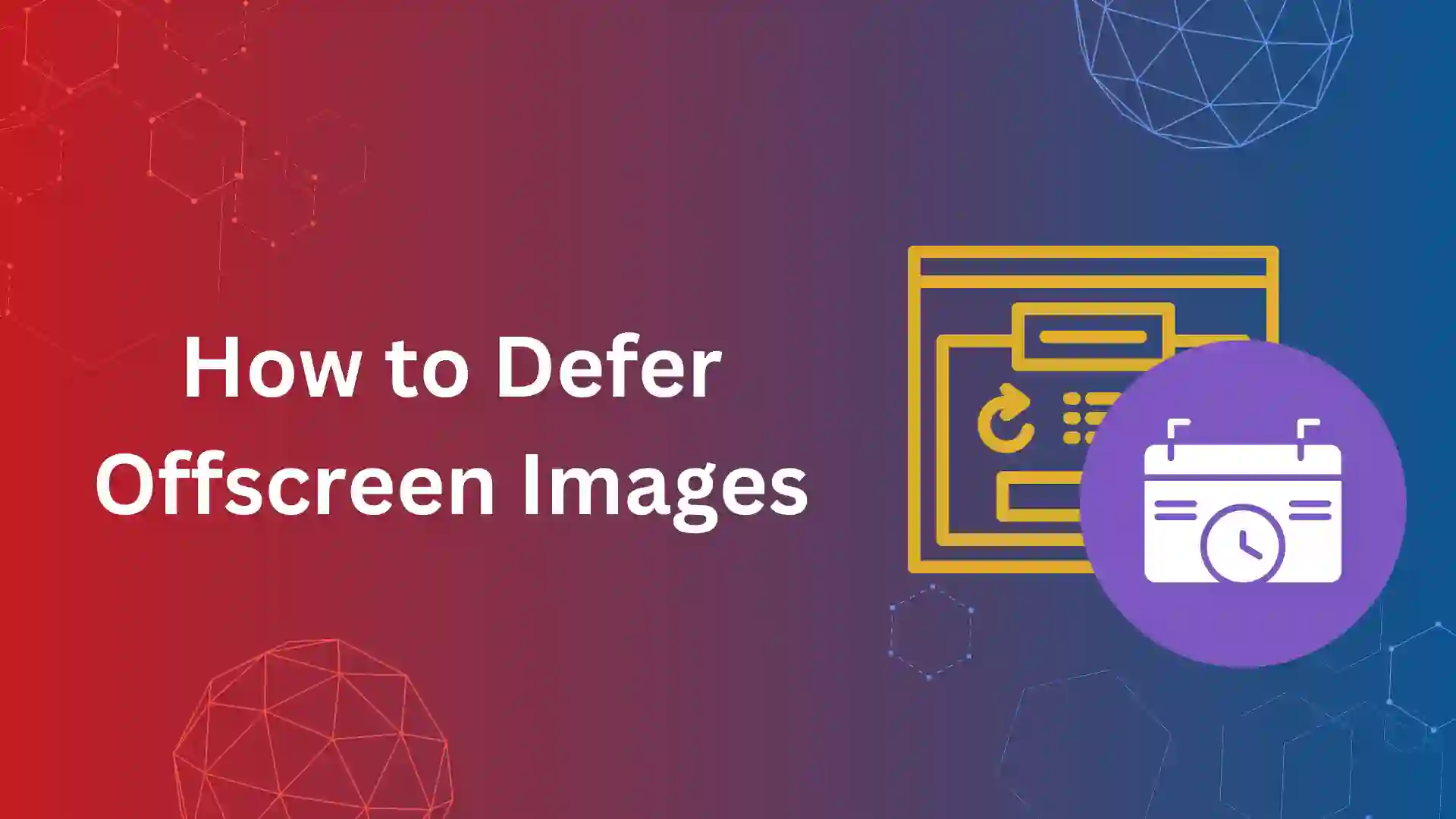Conversions are the primary goal of any marketing campaign. Be it a sign-up or a purchase, only when your users take the desired action can the campaign be successful.
Landing pages play an important part in the campaign’s success. They are the pages that can attract potential customers to your website. Optimizing these pages can increase the likelihood of visitors turning into customers.
This article discusses what landing page optimization is and some of the best practices you can follow to make the most out of your landing pages. Continue reading to learn more.
What Is Landing Page Optimization?
A subset of Conversion Rate Optimization (CRO), Landing Page Optimization (LPO) refers to the process of improving a landing page by adding or removing elements wherever necessary to increase conversions.
The primary goal of landing page optimization is to create user-centric, appealing landing pages that can engage your target audience and make them take the desired action.
An increased rate of conversions can raise the ROI for your marketing campaigns. So, optimizing your landing page can ultimately lead to revenue generation for your website.
Any area or element of a landing page that can be optimized or improved to enhance user experience comes under landing page optimization. They include but are not limited to
- the loading speed of the landing page,
- writing an attractive copy,
- inserting compelling images, and
- placing relevant forms.
What Is a Landing Page?
Before going into detail about landing page optimization, let’s first look at what a landing page is.
A landing page is a standalone page that a person enters after clicking on an ad, email, or link. This is the page where you can collect your visitors’ contact information through a lead form.
Unlike web pages, landing pages are created specifically for a single marketing campaign and have a single goal in mind. The goals are usually given in the call-to-action section of the landing pages.
Landing pages target a specific audience group with the intention of turning them into qualified leads. There are two major types of landing pages that have a great chance of conversions.
Lead capture (lead generation) landing pages
As the name suggests, these pages are usually used to capture users’ contact information and generate leads. These pages have a form where users provide information like their name, email address, etc.
The information is usually collected in exchange for an offer or incentive. These pages do not have an exit path or links to navigate to other pages. They only contain a form or button to submit users’ personal information.
These landing pages are a great way for you to build an email list of relevant potential customers that you can use in the future.
Click-through landing pages
The simplest form of landing pages, these landing pages provide details about a product to convince customers to buy a product or service.
They do not have any forms customers need to fill out. The customers only need to read about the products and decide whether to buy them. They will be directed to the checkout page to complete the transaction through the link on the landing page.
There are several ways you can make your potential customers enter your landing pages. Some places where you can palace your landing pages are
- Google ads (PPC ads),
- CTAs on your website pages or blogs,
- social media ads,
- search engine results pages (SERPs), and
- links in emails.
Why Is Landing Page Optimization Important for Your Business?
Landing pages are specially designed to make the audience take a particular action once they click on an ad or link. They help generate leads and promote sales, which are very important for the success of a marketing campaign.
Since that is where most conversions happen, a lot of work has to be put into their optimization. Enhancing their performance can help attract more prospective customers and increase conversion rates.
Creating landing pages with your users in mind can help with personalization and provide a customized user experience for them. Optimizing landing pages ensures you achieve the highest conversion rate for your campaign.
Landing page optimization can help you acquire more customers, lower acquisition costs, and generate revenue for your business.
Reasons Your Landing Pages are Not Converting Leads
Understanding buyer personas is crucial to creating effective landing pages that attract and make your customers take a desired action. Many landing pages fail because they don’t understand this simple concept.
If you do not create your landing pages based on your buyers’ preferences, you have little to no chance of converting them into customers. Here are some common mistakes that you can make while creating landing pages.
- Poor headlines. Use relevant and attractive headlines to attract your buyer’s attention.
- Poor design. Your landing pages represent your brand. So have some nice and simple designs to complement your landing pages.
- Too long forms to fill out. Many users feel reluctant to share too much personal information with the brand. So, keep your forms short and adequate.
- Failing to explain the product or offer clearly. Don’t give your customers incorrect or unclear information. It can create a negative impact on your business.
- Inconsistent call-to-action. Do you want them to buy a product or sign-up for a page? Be clear about what you want your users to do.
- Your users don’t trust you. This is common in most products, especially new brands. You can add testimonials or product reviews to prove your credibility to your users.
Landing Page Optimization Best Practices
Landing page optimization is all about enhancing user experience. As long as you understand what your users prefer and what they need, you have a high chance of converting your leads into customers.
Below are some of the best practices you can use while optimizing your landing pages.
Keep your layout simple
Keep your layout simple and provide only minimal and adequate information on your landing pages. Cramming too much information can confuse your users and increase bounce rates.
Your landing page should have a simple layout, a straight-to-the-point copy, and all additional elements to the minimum. Pay more attention to the call-to-action button since that is where conversion happens.
Provide hard-to-resist offers
After creating a simple and effective landing page, your next work would be to create offers that are irresistible to your users. Your offer should be compelling enough to make them provide their personal info or buy a product.
Be clear about your offer and provide them with adequate information on your headlines and copies. Don’t confuse your readers with incorrect or misleading information.
Keep important information above the fold
Keep the most important elements of your campaign on the top of your landing pages. The users always look at the top when visiting a page. If the top half of the page is not exciting enough, they won’t be motivated to scroll down for more information.
So, what are all the important elements you can place at the top of your landing pages?
- Headlines
- Your brand’s or products’ value proposition
- Call-to-action
- A relevant form to fill
Relevant headlines and copies
A headline and copy’s purpose is not just to sell your products but also to connect with your audience and persuade them to take a particular action. Using a relevant, intriguing, and catchy headline and copy can make your users stay and browse through your landing pages.
Create an optimized form for your audience to fill out
The lesser fields you have on your forms, the higher the rate of conversions. Many people might feel reluctant to share too much personal information online. While some people might feel frustrated and tiresome to fill out all the fields in a lengthy form.
Having around 4 to 11 fields on your landing page forms will be sufficient to gather all the necessary information about your audience. However, should consider some factors while optimizing your forms.
- What stage your customers are in their customer journey. You should create shorter forms for users at the top of the funnel and longer, more detailed ones for those at the middle and bottom funnel.
- How do your forms work on mobile devices? Most users today use smartphones to browse the Internet. Ensure your forms are optimized for mobile usage.
- Ask for information relevant to what you are offering. For example, if you only offer a newsletter, minimal information like name and email address is enough. If your offer is a service or a consultation, you might need additional information like phone number, occupation, company name, etc.
Be clear about your call-to-action
Your CTA should not confuse your readers. This is the section that gets conversions for your business. So be concise and clear about your CTAs.
Do you want your readers to download, install, sign-up, or buy a product? Be clear about your intention and what you need your users to do. Have a single CTA on your landing page that aligns with what you are offering.
Develop trust with reviews and testimonials
People don’t buy products from just any brand. They buy them from brands that they trust. Social proofing can help you with this.
Social proofing can be in the form of reviews, testimonials, infographics, or videos of your existing customers’ experience with your products. You can get an edge over your competitors if you can provide proof of your credibility to your audience.
Page loading speed
Page load speed is an important metric that you need to pay attention to. It is one of the main reasons for increased bounce rates and abandonment issues. Even a slightly slower loading speed can cause dissatisfaction and affect conversion rates.
You should also look into the page loading speed of your landing pages on all devices. Most people use mobile phones to browse the Internet. So make sure that your landing pages are compatible with all devices.
Landing page SEO
Search engine results page (SERP) is where most people find their landing pages.
You don’t need to care much about SEO if you are creating landing pages for short-term campaigns. However, if you aim for long-term campaigns, your landing pages should be optimized for search engines.
How do you do SEO for your landing pages? You do it by using relevant keywords in your landing page title, meta description, main content, and URL.
SEO is not just about adding random keywords and ranking higher in the search results. You need to create a landing page that resonates with the audience’s needs and gives them what they are searching for.
A/B Testing
A/B testing or split testing is an experimentation process where two variations of the same thing (web page, landing page, etc.) are compared to determine which works best in driving leads and conversions.
You can take your landing page optimization to the next level with A/B testing. As your landing pages’ traffic increases, test certain elements and see which works best for more conversions.
These tests help you find changes that affect user behavior and allow you to provide landing pages that cater to the audience’s needs. Always remember, you should only conduct split tests when you have sufficient data. Doing them without relevant data will only end in failure.
Conclusion
- Designing and optimizing them is not an easy job.
- You have to run several tests and adapt elements that can work well for your website.
- Though the work is not easy, the results you will get from this can make all your efforts meaningful.
- So get started on your landing page optimization and generate more leads and conversions for your websites.
- Follow the above best practices and get the maximum results from your landing pages.
Frequently Asked Questions
Landing Page Optimization (LPO) refers to the process of improving a landing page to increase conversion rates. The primary goal of landing page optimization is to create user-friendly, appealing landing pages that can engage target audience and make them take the desired action.
Simply building and running landing pages are not enough to succeed. You should constantly track their performance and optimize them accordingly. Here are some metrics you can use to measure landing page performance.
- Number of page visits
- Bounce rate
- Traffic source (social media, organic, PPC, etc.)
- Form submission rate
- Form abandonment rate
- Lead-to-customer percentage
If you do not create your landing pages based on your buyers’ preferences, you have little to no chance of converting them into customers. Here are some common mistakes that you can make while creating landing pages.
- Poor headlines
- Poor design
- Too long forms to fill out
- Failing to explain the product or offer clearly
- Inconsistent call-to-action
- Your users don’t trust you

